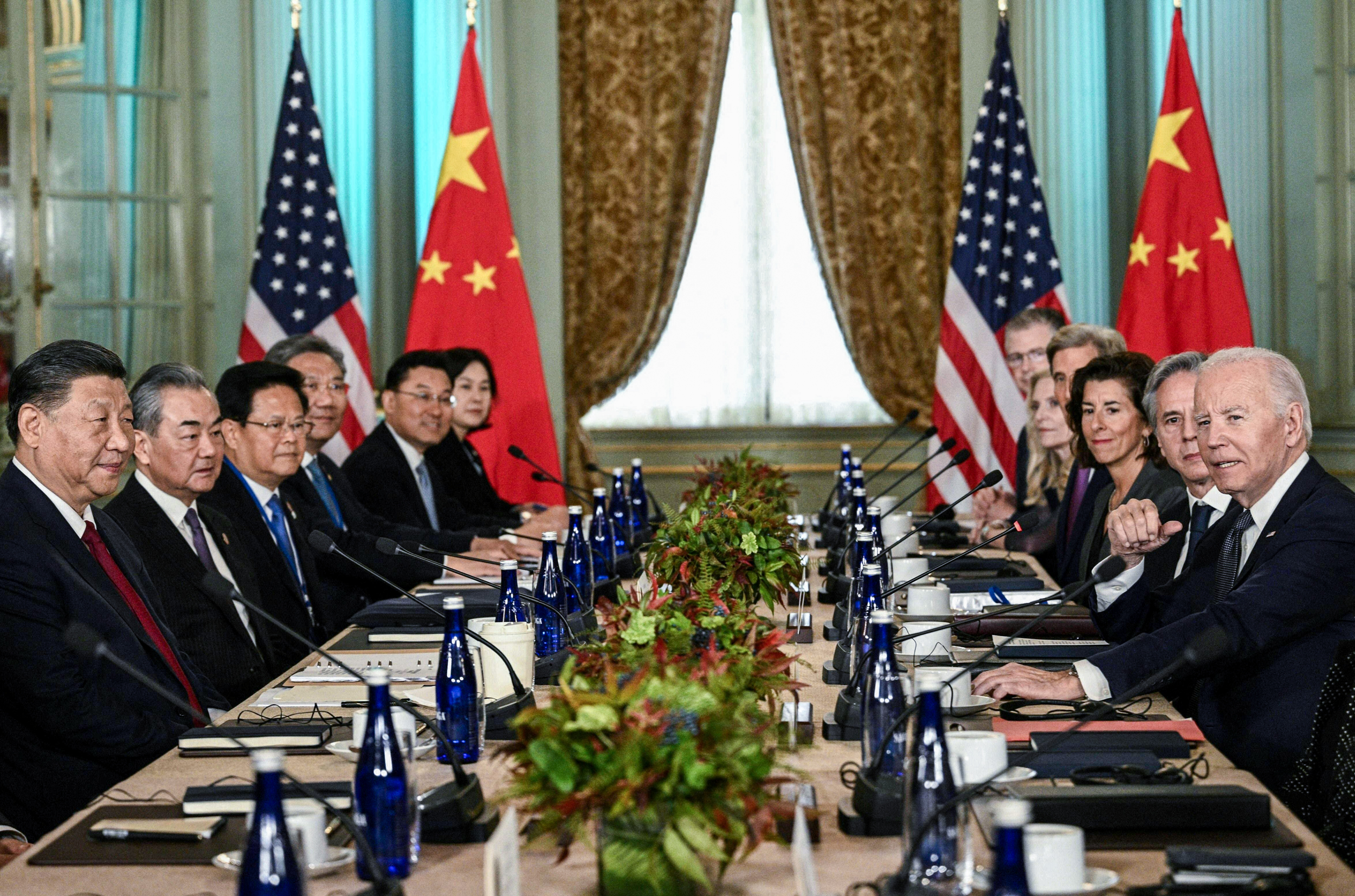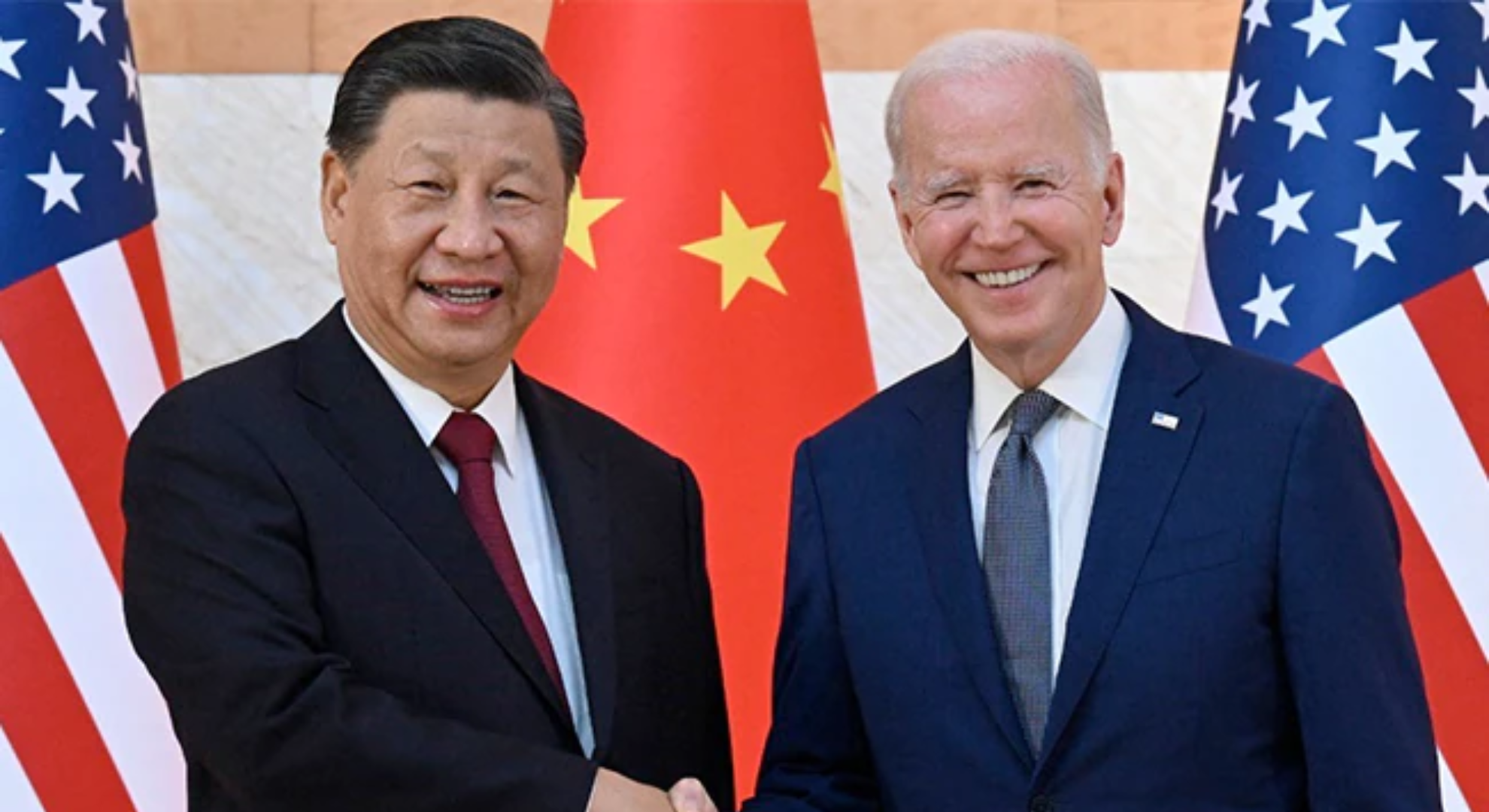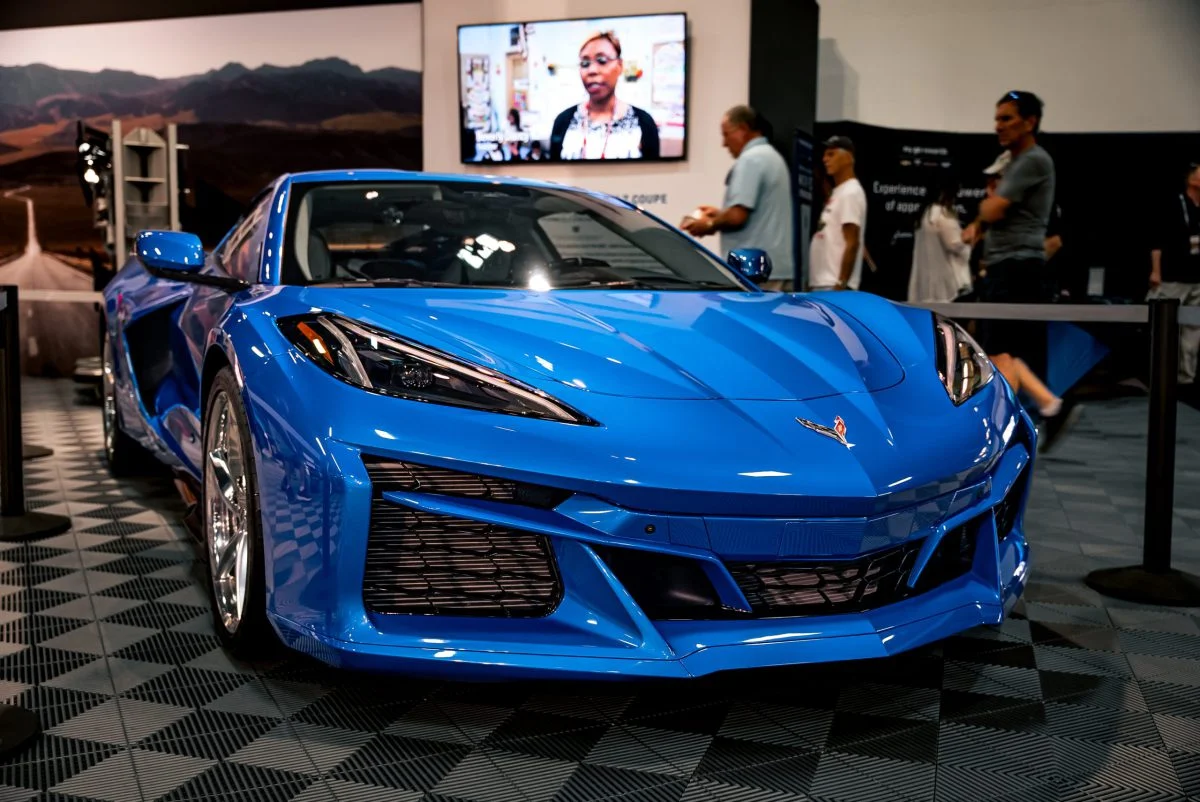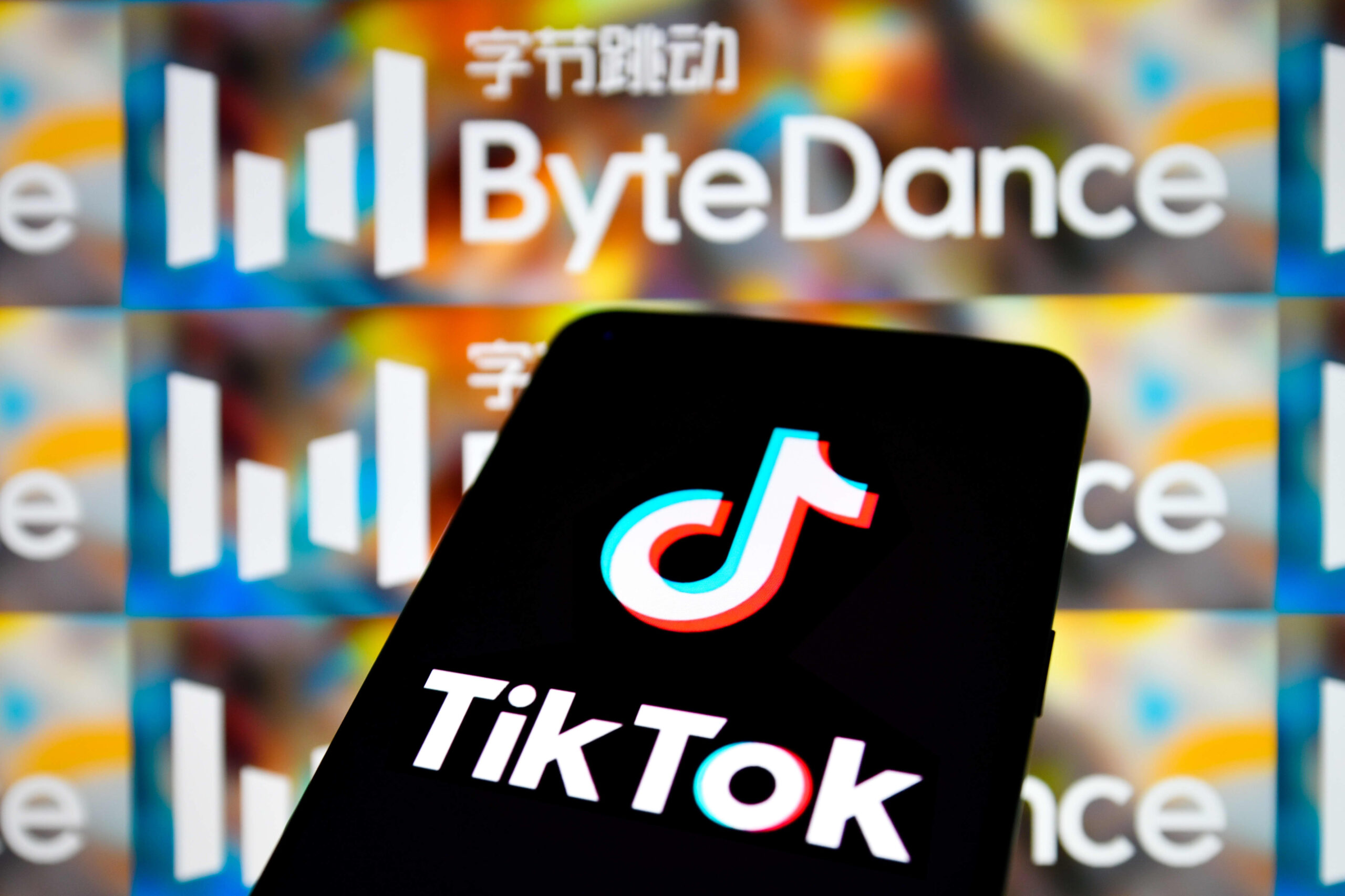Hey, guess what’s up? While Joe Biden and Xi Jinping are having a chinwag in San Francisco, there’s a little drama unfolding in Asian manufacturing. It’s like we’ve hit rewind to the wild days of 2020 when COVID was the star of the show. Let’s dive into the scoop and figure out what’s causing this slowdown.
Joe Biden and Xi’s Chit-Chat:
Imagine this – Joe Biden and Xi Jinping catching up in San Francisco, having a good time. Over in Asia, the manufacturing scene is hitting a bit of a speed bump. It’s not just a coincidence; it’s like a surprise twist in the global economic storyline.

Asian Manufacturing in a 2020 Replay:
Now, let’s turn back the clock to 2020 – the year when COVID turned everything upside down. Fast forward to today, and we’re witnessing a bit of déjà vu in the Asian manufacturing scene. According to the GEP Global Supply Chain Volatility Index, there’s a buzz about a slowdown not seen since the pandemic peak.
Joe Biden : GEP’s Global Supply Chain Volatility Index :
It’s like the weather report for the supply chain, keeping tabs on the ups and downs in global orders. And guess what? Asia’s suppliers are raising eyebrows because they’ve got more idle capacity than your favorite video game console during a school night.
Idle Capacity on the Rise Since June 2020:
June 2020 – that rings a bell, right? It was the time when the world was still figuring out Zoom calls and perfecting the art of sourdough bread. And now, we’re seeing the largest surge in idle capacity in Asia since that very month. It’s like a manufacturing déjà vu, with factories hitting the brakes.
Joe Biden : Economic Softness and Sluggish Demand:
What’s causing this manufacturing hiccup? Blame it on economic softness and a bit of a snooze in demand. The Asian economy isn’t exactly doing the cha-cha, and the U.S. market – a major player in the global trade dance – is taking a step back. Consumers in the U.S. are tightening their purse strings, leading to a bit of a domino effect across the Pacific.
GEP’s Index Tracks Rising Spare Supplier Capacity:
Imagine planning a party and suddenly realizing you’ve got more space than expected – that’s what’s happening in the supply chain world. The GEP Global Supply Chain Volatility Index is pointing fingers at rising spare supplier capacity. It’s like having too many chairs and not enough guests at the party – not the vibe you were going for.
Transportation Costs Adding to the Mix:
It’s not just about idle capacity; transportation costs are playing a role too. Picture this – you’re trying to book a ride, but the prices have skyrocketed. That’s the scenario in the global supply chain, with transportation costs throwing in an extra curveball.
Conclusion: Biden-Xi Summit and the Asian Manufacturing Puzzle:
As Biden and Xi Jinping hash things out in San Francisco, the Asian manufacturing slowdown is the unexpected guest at the economic table. The GEP Global Supply Chain Volatility Index is painting a picture of idle capacity and rising spare supplier space. What does this mean for the global economic plot? Stay tuned as we navigate through the twists and turns of the Biden-Xi summit and the Asian manufacturing puzzle. It’s a storyline that’s still unfolding, and we’re here to keep you in the loop!



